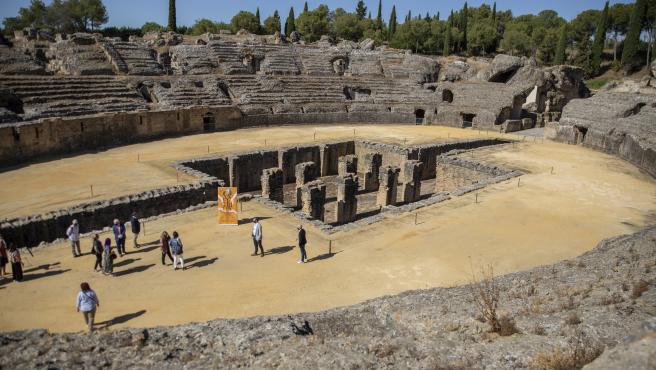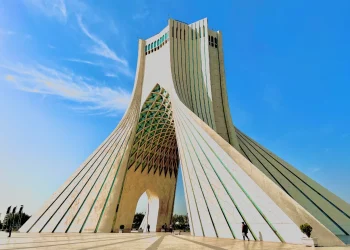Santiponce is only 7 kilometers from Seville. So it is already a dormitory town for the capital. And yet it retains its character as an agricultural town. Belonging to the Aljarafe region, its current settlement dates from 1595, the year in which the previous one, near the river, was abandoned due to frequent floods.
If we are spending a few days in the Andalusian capital, it is very worth visiting Santiponce. Because, indeed, this Sevillian municipality has another name for many: Italica.
Italic
Here, in Santiponce, are the remains of the ancient Roman city of Italica, founded by General Scipio in the 3rd century BC. It was one of the most important Spanish cities of the time and gave the Roman Empire two emperors: Hadrian and Trajan.
Two areas are distinguished: the Vetus Urbs (old city), which is located under the urban area of Santiponce, and the Nova Urbs (new city) created by Adriano as an extension of the existing one. The area open to the public includes part of the neighborhood built by Hadrian, a theater (in the image below) located in the old city and a modern park around the amphitheater, one of the largest in the Roman Empire, with capacity for 25,000 spectators.
The ruins of the ancient Roman city have been a national monument since 1912 and now UNESCO is trying to include them on its World Heritage list.
Aljarafe Way of the Cross
It takes place in the Roman amphitheater in Italica on the first Saturday of Lent. It bears a certain similarity to the Stations of the Cross in Rome, which passes through the Colosseum, in homage to Christians martyred before the adoption of Christianity by the Roman Empire.
Monastery of San Isidoro del Campo
Gothic in style, it was founded by Alonso Pérez de Guzmán in the 14th century for the Cistercian monks. It was built on a Mozarabic hermitage, which according to tradition was where San Isidoro was buried until his transfer to the Collegiate Church of León in 1063. It was occupied by the Jerónimos monks until the confiscation of Mendizábal.
The monastery is made up of two Gothic churches and two Mudejar-style cloisters. All artistic styles are represented. The complex is completed with the Cloister of the Dead and that of the Evangelists, the Sacristy and the Chapter Room (both decorated in imitation of El Escorial), the refectory, the Gothic Cloister and the Baroque Tower.
Fernando Marmolejo Municipal Museum
It is located next to the Roman theater and has a large exhibition area, distributed on a ground floor, which presents fragmented spaces, and an upper floor with three rooms for temporary exhibitions. Archaeological and artistic pieces linked to the history of the municipality are exhibited. This museum is named after the goldsmith Fernando Marmolejo Camargo, who made donations to the entity.
Without having great treasures, a walk through the old area of Santiponce can be worth to see the Plaza de la Constitución, adorned with Roman columns and statues. We find here the Cotidiana Vitae, center for the theme of daily life in Rome. Calle Real starts from this square, where we can see the old Town Hall, a building of historical interest.














